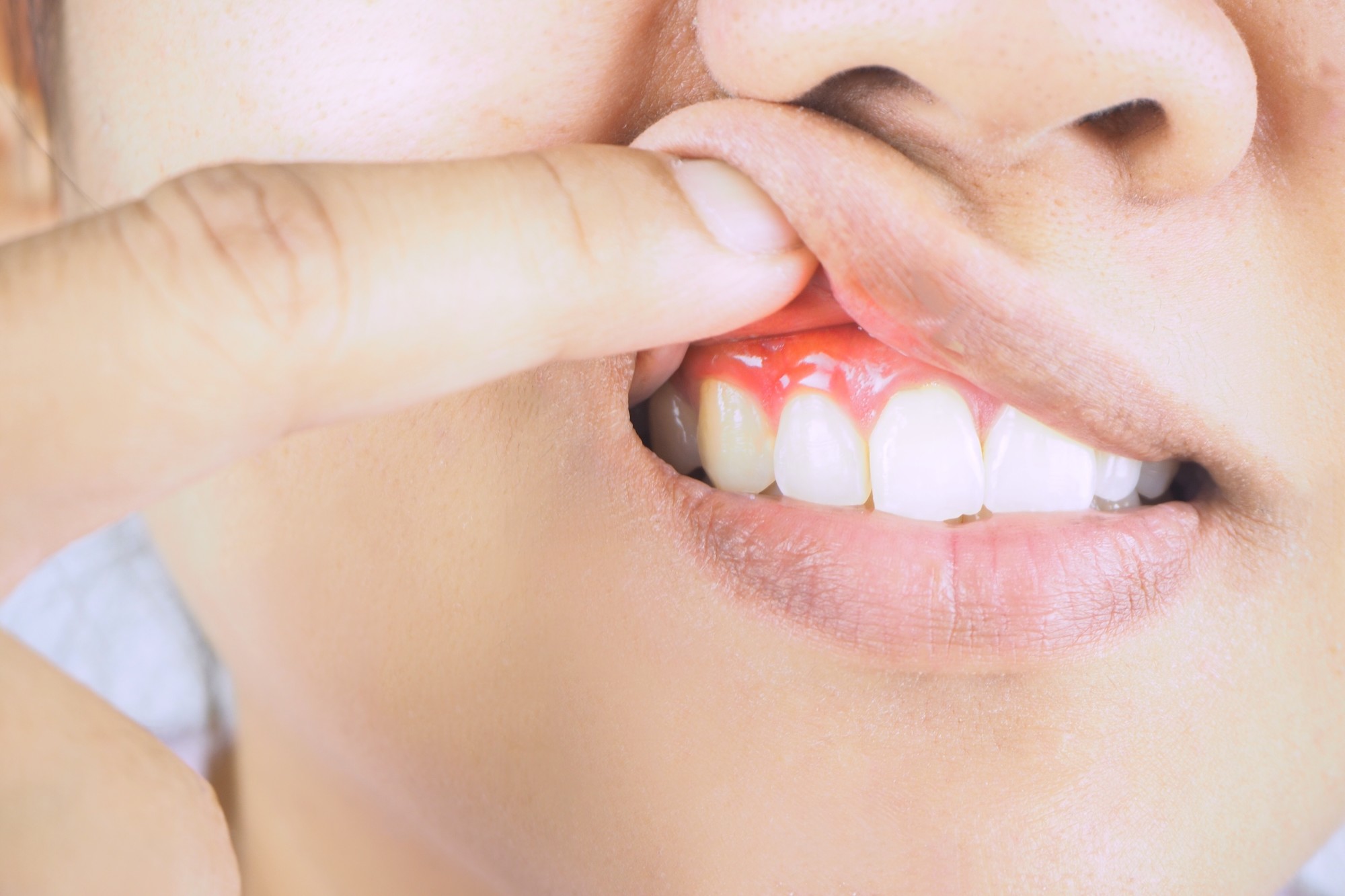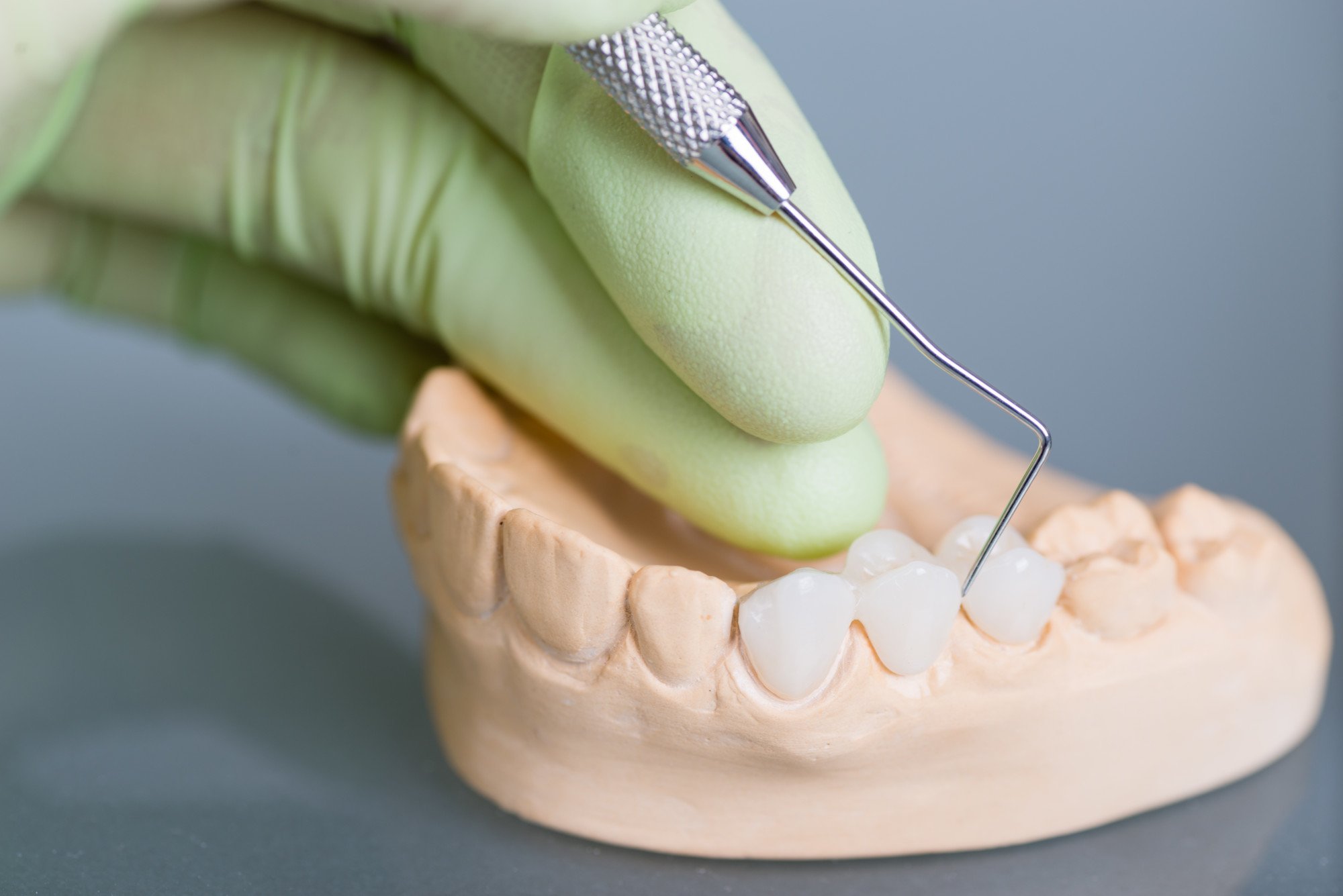
Though we’re taught at a very young age about the importance of oral health, many adults fail to keep up with the habit throughout their lives. The unfortunate result is that many Americans suffer from gum disease in adulthood.
You might be wondering, then, how you can work to prevent gum disease in your own future. Well, the good news is that you’ve come to the right place to get started. Below, you’ll find a thorough guide outlining all of the ways you can practice oral health and fight against potential gum disease.
There’s no need for you to join the vast numbers of Americans who have poor oral health. Consider this disheartening statistic. It shows that around half of adults over 30 years old throughout the United States have some kind of gum disease.
Instead, do your best to implement healthy habits for both your body and your mouth. Keep reading to learn the best ways you can optimize your dental health now and in the future.
Why You Might Want to Prevent Gum Disease in the First Place
As mentioned above, millions of adult Americans have gum disease of some kind. What’s worse? Many of them might not even know about it.
The initial symptoms of gum disease might even go unnoticed without a trained dental professional taking a look at your mouth’s health. Over time, though, the symptoms and resulting health issues from gum disease can become problematic, to say the least. This is even more true when gum disease is undiagnosed and untreated.
You deserve to live without pain, discomfort, or other symptoms related to gum disease. Plus, you deserve the confidence that comes with a happy, healthy smile.
Don’t underestimate the value of this confidence in both your personal and professional lives, by the way. Expert business leaders even suggest that higher confidence levels can positively impact your career path. When you properly invest in your oral health, you’re less likely to hold back your smile and personality from the rest of the world.
Learn All About Plaque Buildup
The inevitable truth is that our mouths will always have a certain amount of dangerous bacteria in them. This bacteria can subsequently infect our gums and even our tooth bones. It’s our responsibility to do our best to prevent this infection.
As the bacteria builds up along our teeth, it turns into a white, sticky substance. We call this plaque. When plaque goes untouched and continues to build up over a longer period of time, it turns into a hardened material we call tartar (which is obviously more difficult to remove than plaque).
It’s unfortunate that plaque will build up around our teeth in the timeframe of just a single day. With regular brushing and flossing, we can do our best to alleviate this buildup, but it’s still not going to be enough. Only a dentist’s educated and trained eye can find all of the plaque buildup areas in our mouths and remove them.
Another thing to note is that, in serious cases, tartar can spread along a tooth below the line of your gums. That’s when you have to leave its removal and cleaning to a professional—which can be an uncomfortable experience.
The Different Kinds of Gum Disease
The reason it’s important to learn about plaque is that, when it’s left untreated, it can lead to gum disease. Plaque is bacteria, remember? Well, this bacteria has the potential to cause infections in our mouths that can range from mild to severe and long-term damaging.
There are two main gum diseases we’re going to talk about. The first is gingivitis, which is the less severe first stage of gum disease. Untreated, gingivitis can lead to the more problem-causing gum disease called periodontitis.
Gingivitis is the form of gum disease that many adults throughout the United States might have without realizing it. While gingivitis does attack the gums, the problems it creates aren’t too dangerous and can even be reversed with the proper care and attention.
Its more mild symptoms include tenderness, proneness to bleeding, or inflammation in certain areas of the mouth. Gingivitis is the initial infection caused by pesky bacteria.
If gingivitis worsens, be cautious that it can lead to periodontitis. Periodontitis can lead to drastic softening of the gum tissues and even the decay of the tooth bone itself. This diagnosis is not to be taken lightly.
Start With Daily Brushing, Flossing, and Rinsing
Brushing your teeth twice each day is easier said than done, of course. We’re all guilty of being too tired after a long day to complete this task at some point or another. And, it’s certainly understandable to forget the importance of flossing every single day, too.
Still, these dental care practices are perhaps the most valuable methods of preventing gum disease. Everything we can do to prevent the buildup of plaque can make gum disease in our future less and less likely.
See if you can establish this dental health routine over the next couple of weeks. Doing so will not only help prevent gum disease. You’ll also notice your mouth will feel healthier and will shine brighter.
Brush your teeth at the start of every day (ideally, do this after your morning coffee and/or breakfast). After your last meal and beverage (besides water) of the day, brush your teeth again.
It’s also a smart practice to floss in the evenings before you brush your teeth for the last time that day in order to get rid of even more plaque buildup. In addition, rinse your mouth out with a reputable brand of mouthwash after you floss and brush.
This reliable dentist in Leominster also adds that you can also use an interdental brush as an alternative to dental floss.
Signs You Might Have Gum Disease
While gingivitis often goes unnoticed at first, there are still some symptoms that are worth knowing about. If you do recognize these signs of potential gingivitis, it’s important to keep your dental professional in the loop. He or she can work with you to reverse the condition before it becomes more serious.
Symptoms of early-stage gingivitis mostly affect the gums, but there are other signs, too. First and foremost, be on the watch for tender gums or gums that bleed easily—after simply brushing your teeth, for instance. On top of these gum-related symptoms, gingivitis can also cause a bad taste in your mouth that won’t go away, bad breath that you can’t seem to treat, teeth sensitivity to temperature and/or sugar, or any kind of painful chewing.
Remember, leaving these symptoms untreated can lead to periodontitis. This more severe gum disease can cause more intense pain and even structural damage to your teeth and mouth. It might take the form of loose teeth, pockets forming between your teeth and gums, the shifting of how your teeth fit together, and also gums that drastically have pulled away from where they should lie on your teeth.
Gum Disease Becomes More Likely as We Age
There is tons of research out there about gum disease to help us predict possible causes and treatment options. For instance, health experts have plenty of data that periodontal disease increases with age. That means that the older we get, the more critical it is that we have established those healthy dental care habits.
One reason for this when it comes to periodontitis, in particular, is the fact that the symptoms of this more serious gum disease are more difficult to reverse. This would be especially true if you’ve had a noticeable shift in your teeth’s structure due to periodontitis, for example.
While corrective dental surgeries might be an option for people with enough income, it’s not too common. Once the damage has been done, it can be harder to prevent and treat gum disease in the future. So, what else can we do to prevent the likelihood of gum disease?
Other Known Causes of Gum Disease You Can Prevent
Well, in addition to proper daily dental care practices, there are other steps we can take to prevent gum disease. Several known causes have been linked to the spread of gingivitis and periodontitis.
Unfortunately, genetics is a factor that contributes to some cases of gum disease. If the hereditary traits exist in your genetic makeup, though, don’t worry. You can still work with dental care professionals to prevent and alleviate any symptoms.
In addition, it should be obvious that smoking, vaping, or chewing tobacco can lead to a higher risk of gum disease. It’s simply not a healthy habit at all.
In fact, anything we consume orally can affect our overall oral health. This includes what we eat and drink every day. For that reason, be willing to commit to a healthy diet that’s low in sugar or caffeine—both of which can be harmfully acidic to our teeth.
In some cases, hormonal imbalances due to pregnancy or even stress can cause gum disease. This is yet another reason why keeping your dental care professional in the loop about your health can be so vital to gum disease prevention.
Your Yearly Dental Cleaning Is a Must
Perhaps you’ve already established a good oral health routine and brush your teeth twice, floss, and rinse every single day. Even still, possible bacterial infections are possible. Only a trained dentist would be able to spot these infections.
At the very least, it’s wise to visit your dentist once a year for a checkup and professional cleaning. For one thing, he or she will be able to spot any early signs of gum disease you might’ve missed. Plus, you’ll leave the appointment with a brighter smile and, therefore, a higher level of confidence.
In the best-case scenario, try to visit your dentist every six months for a routine checkup. This could go a long way in ensuring gum disease never leaves any long-lasting effects in your mouth—especially as you continue to age.
Treatment Options for Gum Disease
Depending on the severity of gum disease, the good news is that several kinds of treatment options are available. Your dentist will be able to determine the best option, if any, for your health and needs. If he or she spots any gum disease symptoms during your regular checkup, they’ll know what to do.
The first gum disease treatment would be a deep cleaning of the infected area. This might be on the surface level of your teeth or even below the gum line. Removing this plaque buildup is essential if you want to either reverse gingivitis or prevent worse gum disease symptoms.
If deep cleaning isn’t enough, you might have to have medications that target those bacterial infections. In the most serious cases, corrective surgery might be the wisest treatment option for your mouth. These procedures might have both medical and cosmetic benefits if the structure of your mouth was damaged.
Only Trust Reputable Dentists to Treat Your Oral Health
You deserve the peace of mind that comes from knowing your oral health status is in reliable care during your routine checkups and cleanings. That’s why it’s so essential that you do plenty of research to find a dentist nearby you can trust.
Start with some quick online research to ensure your potential dentist appointment is with a registered and educated professional. You might also find some online reviews from previous patients that could provide insight into what kind of experience you might receive during your appointment.
Make the Most of the Above Guidance to Prevent Gum Disease
Now that you know how to prevent gum disease, don’t let this knowledge go to waste. You’ll be grateful you invested in your oral health in both the immediate and further future.
Not only will you feel more confident in your smile. In addition, proper dental health habits can prevent disease, discomfort, and possible pain.
If you need more advice on how you can take of your dental health, check out this dentist in Fort Lauderdale to get started.
We strive to bring the latest and greatest health trends to readers like you. We encourage you to browse through the rest of our blog articles to see what other advice might suit you. Start by commenting on this article about how it inspired you to practice better oral health.





